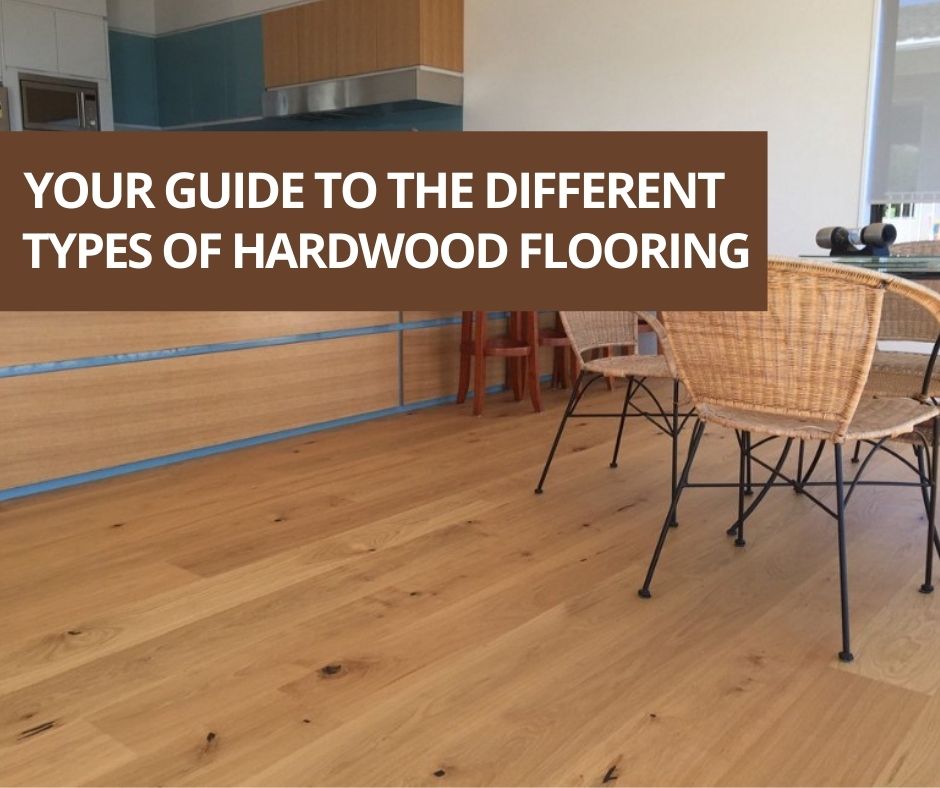There is nothing better than staying close to nature and when it comes to filling your beloved home with some natural elements, hardwood flooring emerges as the top choice.
Hardwood Flooring
The most interesting thing about hardwood floor is that it gels easily with almost any decor – modern, rustic, traditional, and any other name you can think of. Moreover, you can use it anywhere from kitchens to living rooms, bedrooms, and other spaces.
If you are looking to install hardwood floor in your home, you must need to know that there are several factors that one needs to consider while installing wood flooring. So, here we have highlighted those factors in an understandable manner so that you end up getting the best results.
Undone or Finishes?
Unfinished hardwood floor is suitable in a situation when you want a custom stain in place before the final finish is done, or if you want to book match the shade of your present flooring. Once the installation and staining of hardwood flooring are done, numerous coats of protective finish are applied to the floor. If you’re planning to install hardwood floor in your kitchen, unfinished flooring may be a wonderful choice as its finish will spear and cover the seams between boards, preventing the leakage of water from the boards.
Pre-finished hardwood floor or finished flooring comes sanded and sealed from the manufacturing facility, resulting in quicker installation and smother job. For example, you won’t encounter unpleasant odors and VOCs at your place, and the floor can be used for walking instantly after the installation.
Solid or Engineered Floor?
Solid hardwood floor refers to complete wood and is typically 5/8″ to 3/4″ thick. As it is made of solid wood, you can choose to sand and redo it several times. However, do remember that it is prone to variations in humidity, and isn’t perfectly suited for low-grade basements.
On the other hand, engineered hardwood floor is made from the veneer of genuine wood whose several layers are joined together underneath the wood, similar to plywood. This results in amazing stability over time and makes it a perfect option for different areas of a home, including below-grade basements. Given the specific thickness of the veneer, engineered hardwood flooring can be sanded and refinished only once or twice during its entire usage.
Which type is considered the best?
The most effective hardwood floors are made from wood species that can be easily sourced and are very tough. Maple flooring, Oak flooring, and cherry floor are all good choices. Other types include ash, bamboo, mahogany, and walnut. You can expect to splurge a hefty price for more striking species, such as teak, mesquite, and jarrah. Before buying, don’t forget to ensure that the hardwood flooring you choose is sourced from sustainably garnered lands.
Another choice is to go with reclaimed hardwood flooring, which is easily available at salvage yards. It may have some signs of wear and aging, but it would cost you nearly half of the cost of a new wood flooring. Salvage flooring is a particularly awesome choice if it is a home renovation project.
The Conclusion
Hardwood floors are in huge demand due to many reasons. For homeowners who love entertainment or have children who like to make a mess, hardwood flooring is a great choice as it is easy to clean. If a person is worried about aesthetics, hardwood is a clear-cut choice—it makes any space promptly stylish. And while hardwood flooring may come at an upfront cost, it’s a hard-wearing choice. If the floors are well taken care of, they tend to overdo vinyl, carpet, vinyl, and other types of flooring. Contact Flooring expert in Auckland for better information on different types of hardwood flooring.



